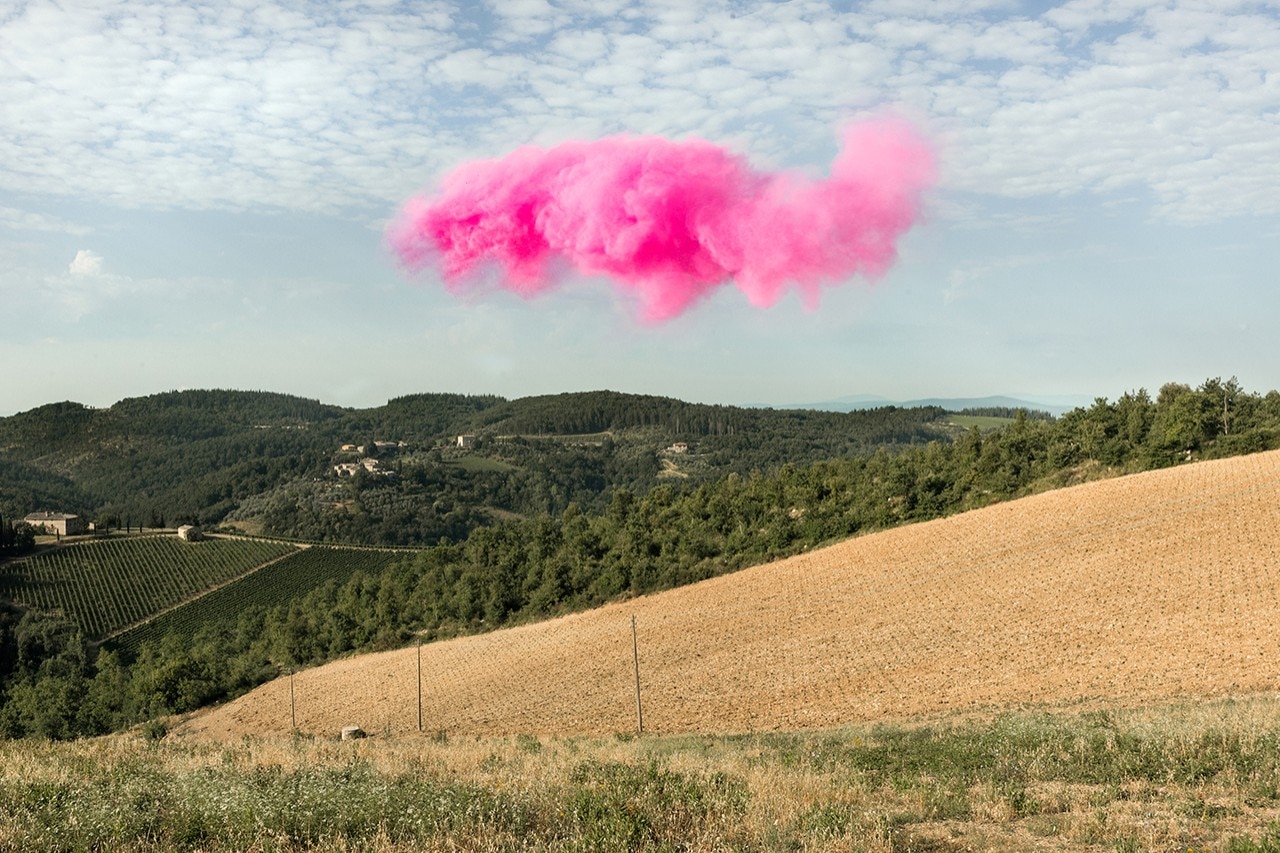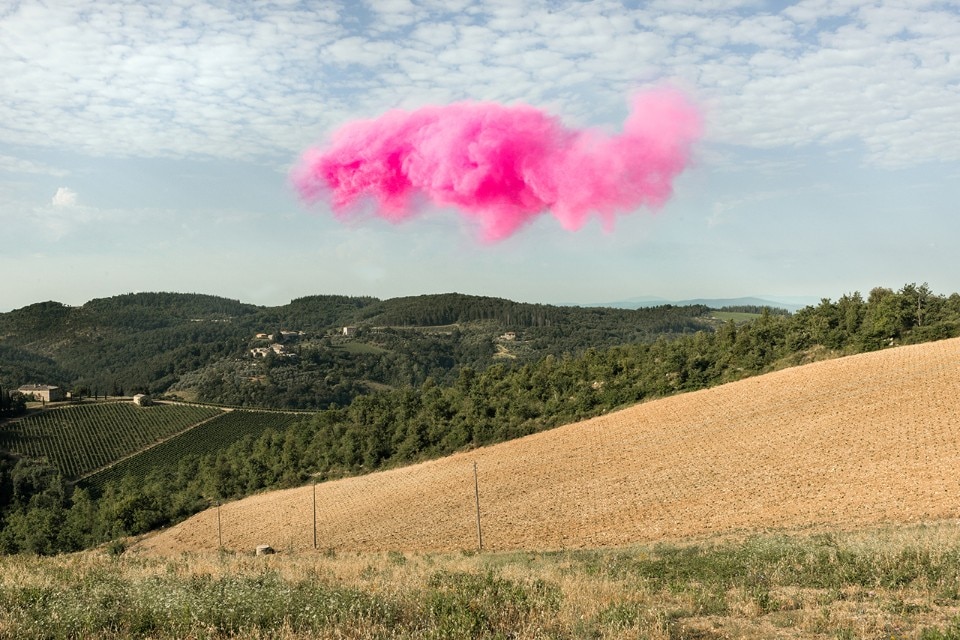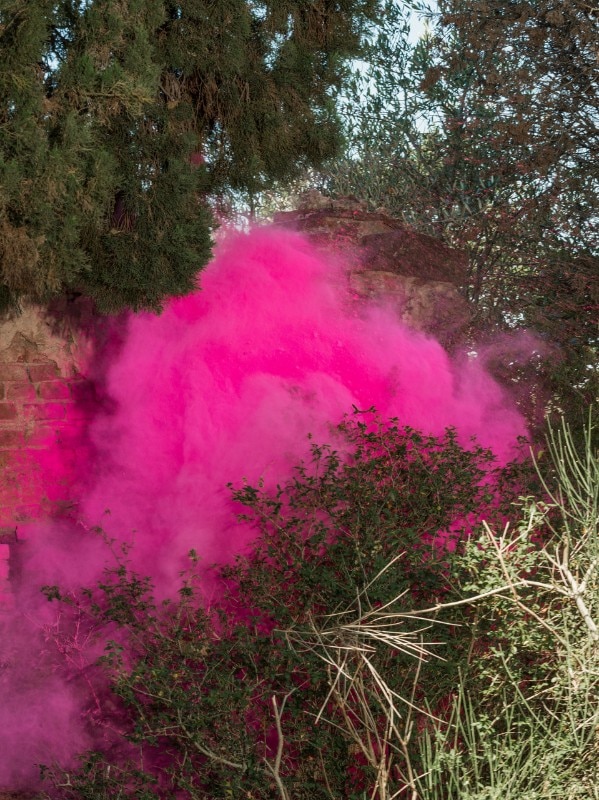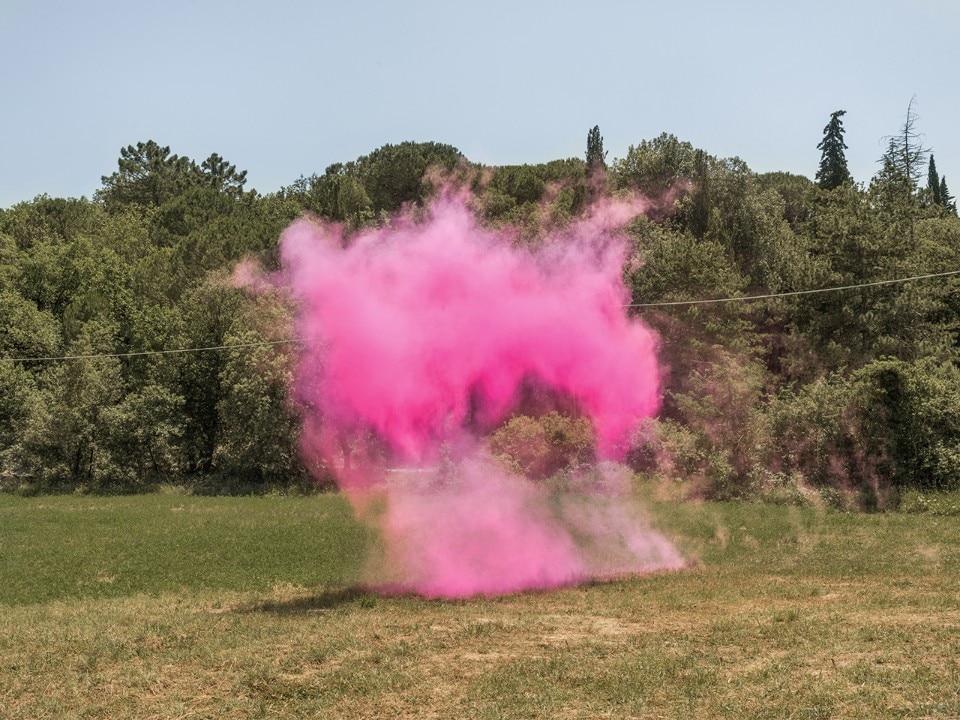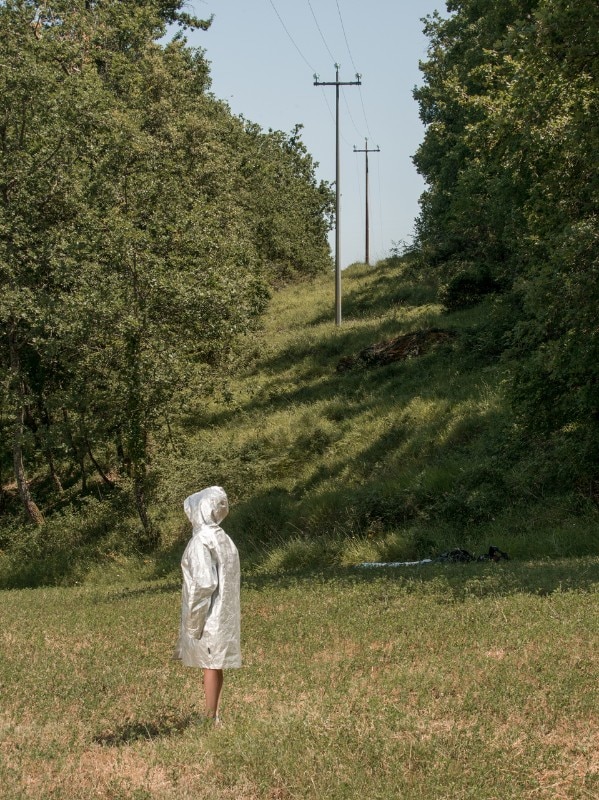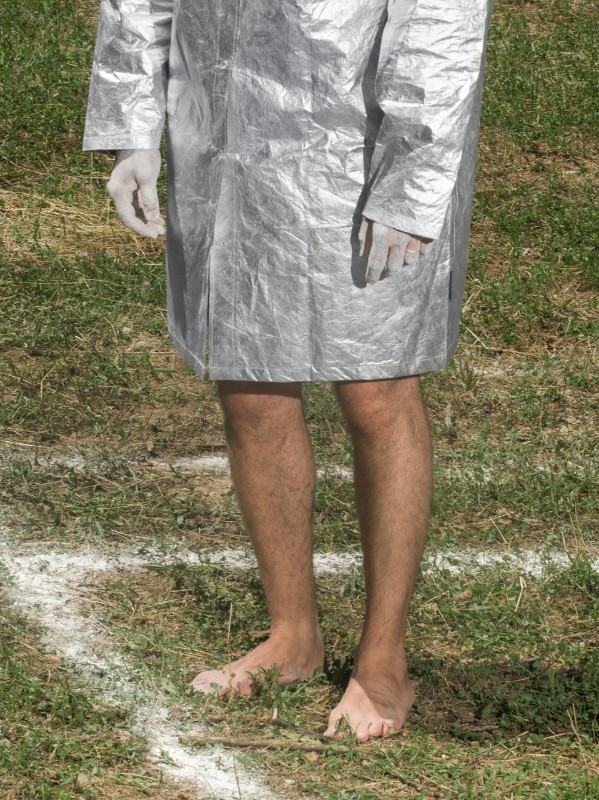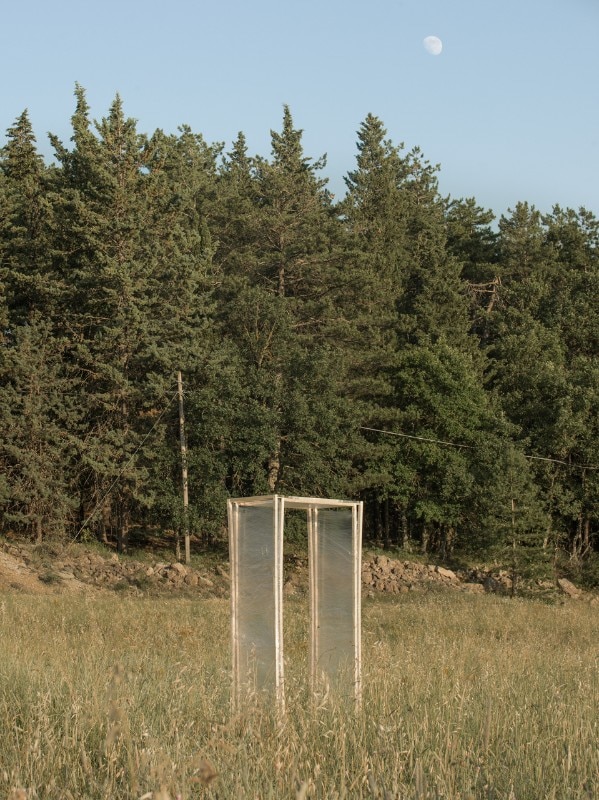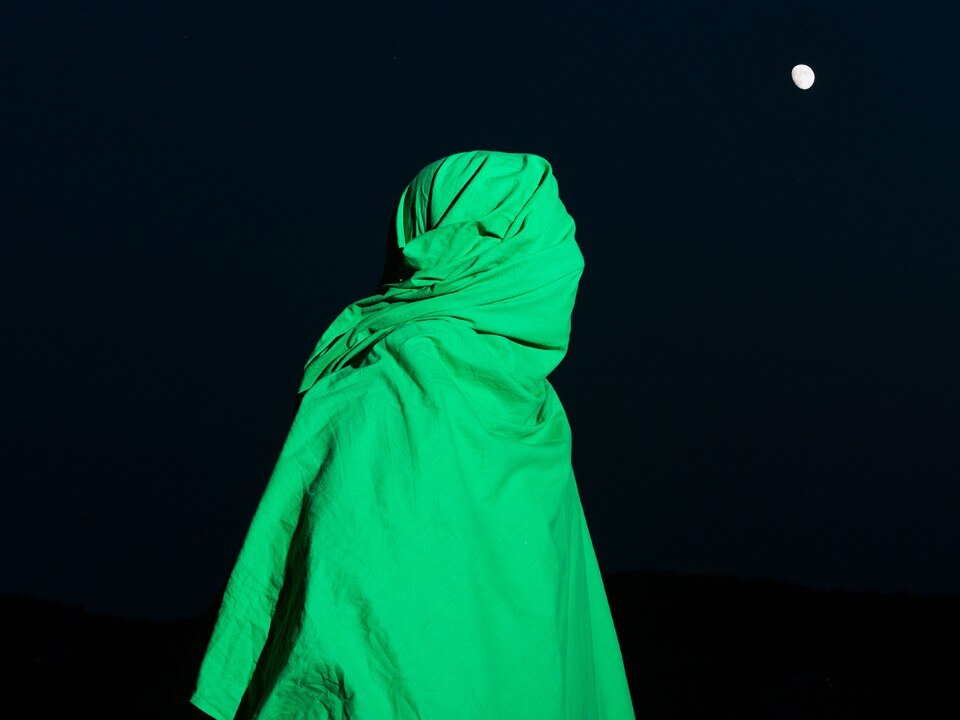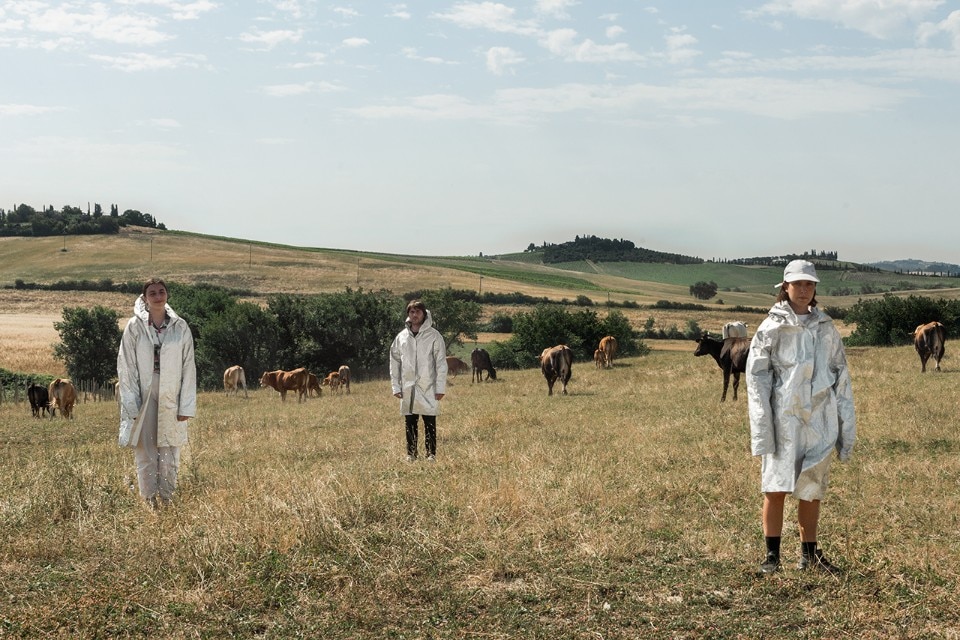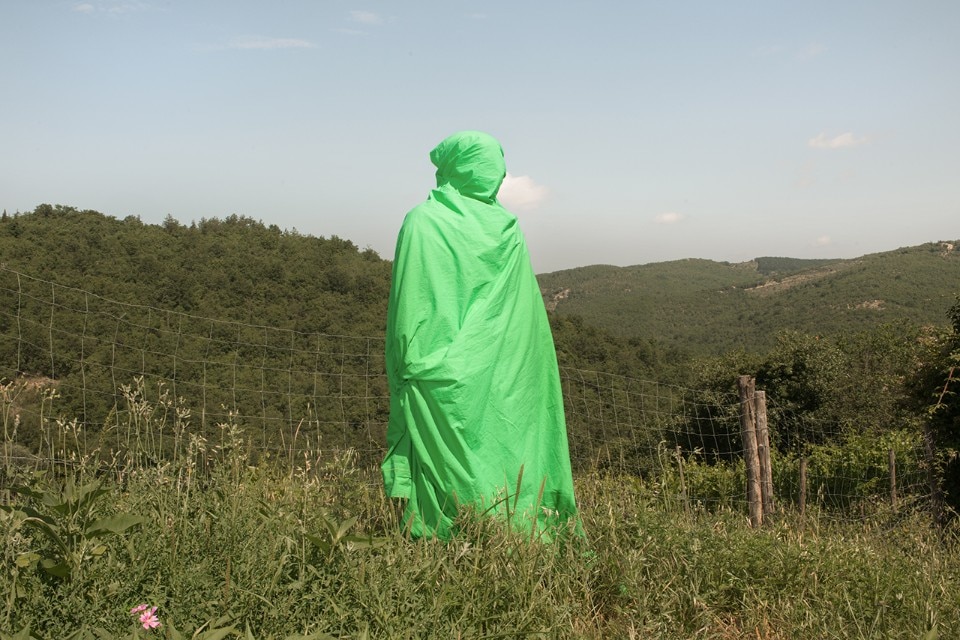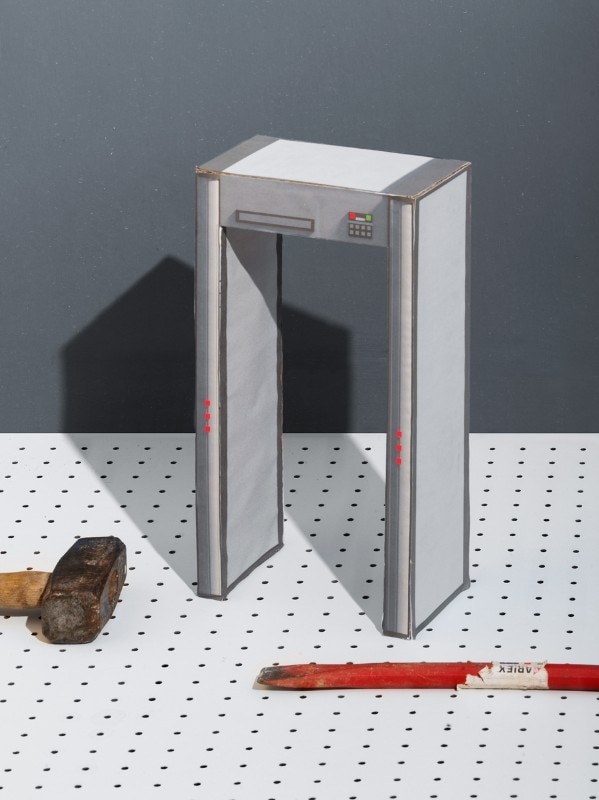“Free experimentation is not only an instrument of knowledge, but the very condition of knowledge” wrote Dutch artist Constant Nieuwenhuys.
With this approach, architects Sofia Pia Belenky, Margherita Marri and Luigi Savio organised The Possibility of an Island workshop, a post-lockdown experience in the hills of Chianti, Tuscany, where tutors and participants were able to regain possession of their bodies – forced for months in cramped apartments – and detoxify themselves from endless sessions in Skype/Zoom/Meet/Instagram.
Leaving Milan for two weeks, the three curators identified their happy island, "a place in which to try to do things together with hands or with machinery, in any way possible not like boy scouts, neither like artisans, nor like factory workers and even less like artists, but rather like men with arms, legs, hands, feet, hair, genitals, saliva, eyes and lungs, and make them certainly not for ourselves, nor in order to give them to other people, but rather to see what it’s like to make things".
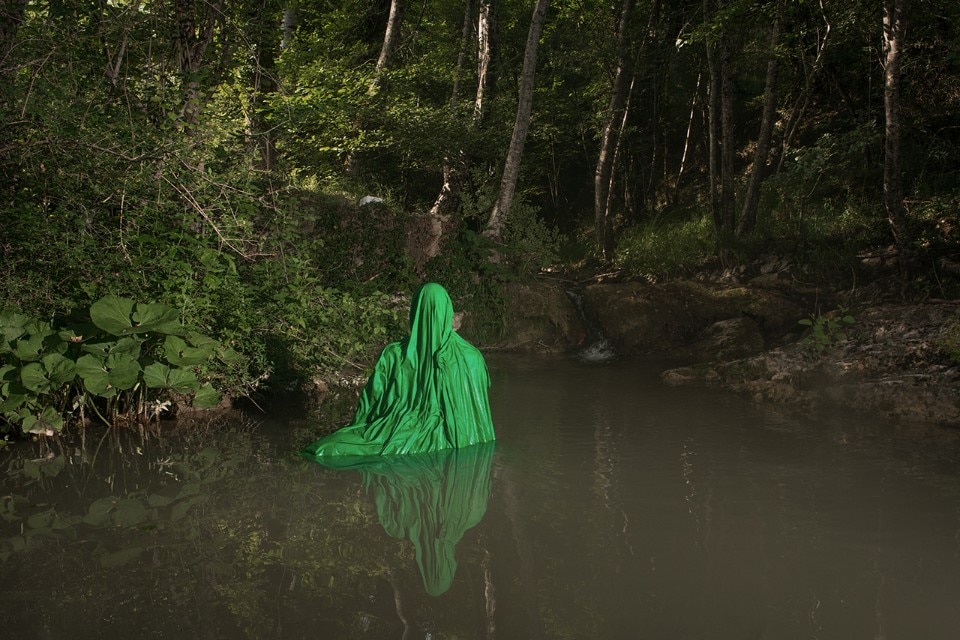
The reference to Ettore Sottsass's text, published in 1973 in Casabella, is not accidental, as in that same issue of the magazine a group of architects announced the birth of Global Tools, a series of experimental workshops that were also held in the Tuscan countryside. The two events took place in two particular historical moments: if 2020 will be remembered for the Coronavirus pandemic, 1973 is marked by the oil crisis caused by the Kippur War.
With explicit reference to the non-school organized by Mendini, Sottsass, Pettena, Superstudio... the organisers of The Possibility of an Island invited as tutors some of the most interesting young Milanese contemporary practices: (ab)normal, Captcha, Forgotten Architecture, Fosbury Architecture, PLSTCT and Parasite 2.0.
Each group worked with young participants from all over Europe on ephemeral, temporary and performative actions. With the projects Fuzzy Architecture #2, Hungry Ghosts, Micro Nation and The House is on Fire, they designed new tools, practices and rituals to investigate this particular historical moment.
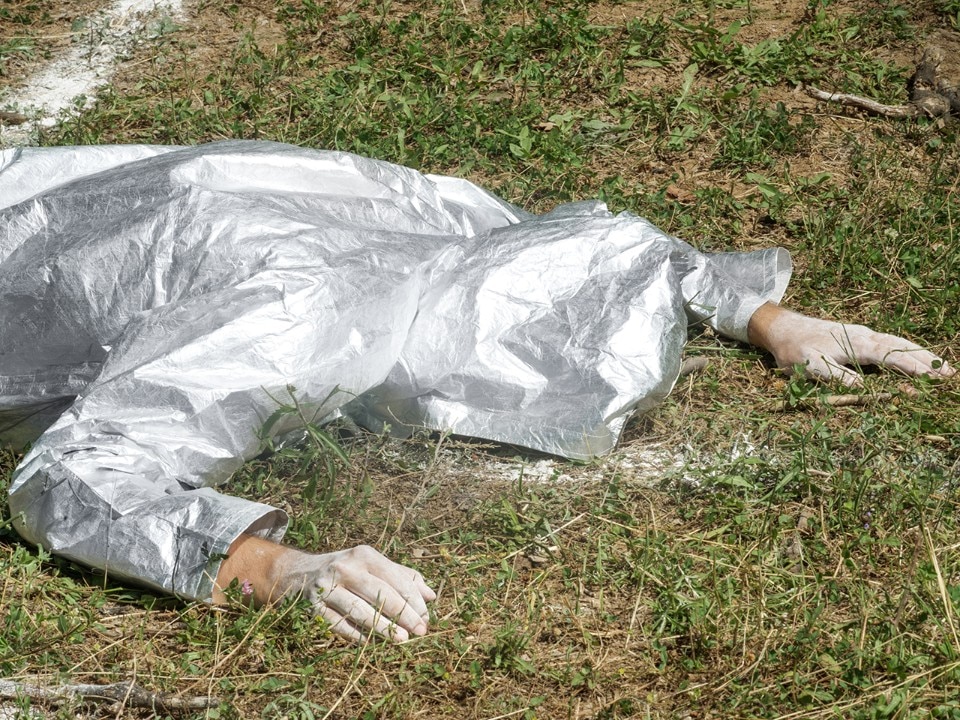
As in the case of Global Tools, in 2020 "a need was felt to move from object to behaviour and vice versa, to prefigure the example of a new manner of teaching in which the strategies of the arts would add an experimental, performative, and conceptual dimension to the discipline of architecture."
More than a workshop, the one in the Chianti hills is better defined as a "group therapy, almost a collective session of auto-anthropology, including improvised actions of organisation, transport, communication, cooking, and sharing, […] in parallel with discussions and debates."
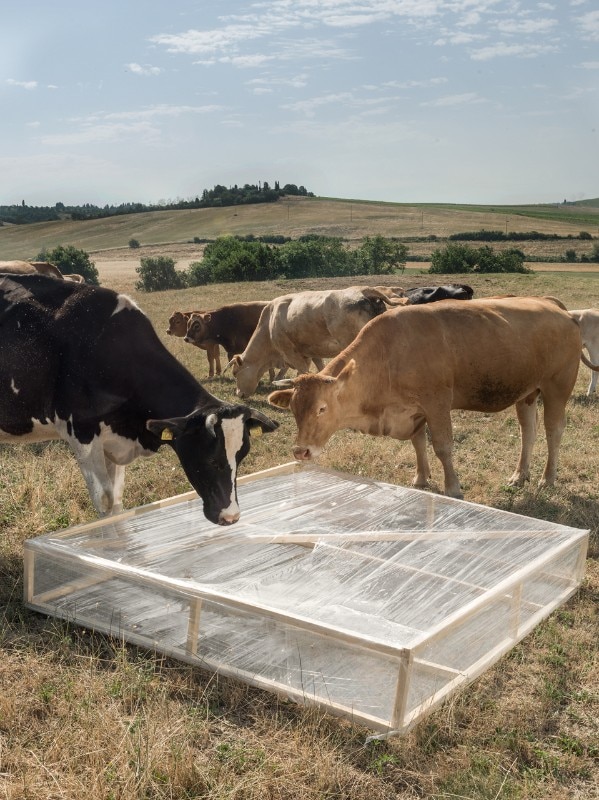
Hoping not to turn their work into a simple imitation of the Radicals' experience, my constant references to Global Tools have the fundamental aim of associating the relational roots from which the 1973 workshops were born with those that generated the 2020 workshop.
Although there is a common attitude and more than a shared interest among the designers, each of them has an independent and autonomous theoretical orientation, exactly as the path of the various components of Global Tools was. Therefore, I am not trying to replicate the awkward, if not damaging, attempts of some Italian critics, who try to frame contemporary practices in rigid compartments, with superficial definitions or generational cauldrons.
I prefer instead to observe (and discuss) episodes like this one, because they are conceived to strengthen the elective affinities between participants, to slowly create a shared horizon “and to establish permanent contacts among the different groups [...], so that a reciprocal exchange of experiences might be had, in a direct manner, unmediated by critique.”
- Event:
- The Possibility of an Island
- Program:
- AA Visiting School
- Dates:
- from 21 June to 3 July 2020
- Curated by:
- Sofia Pia Belenky, Margherita Marri, Luigi Savio
- Tutors:
- Sofia Pia Belenky - Space Caviar; Margherita Marri - Captcha; Luigi Savio, Marcello Carpino, Mattia Inselvini, Davide Masserini - ab(Normal); Giacomo Ardesio, Alessandro Bonizzoni, Veronica Caprino, Claudia Mainardi - Fosbury Architecture; Stefano Colombo - Parasite 2.0; Gabriele Leo, Grazia Mappa - PLSTCT; Bianca Felicori - Forgotten Architecture
- Particiapants:
- Dario Bruni, Dasha Cheremisina, Lenard Giller, Guglielmo Giomi, Davide Gualco, Gabriele Licciardi, Pietro Lora, Dimitra Louana Marlanti, Logan Paine, Roberto Romeo, Daniel Swarovski, Aljoscha Tschaidse, Lucile Uda
All the text excerpts refer to the essay "Global Tools. The tools of a possible school", by Valerio Borgonuovo and Silvia Franceschini, included in the book Global Tools. When education will coincide with life, published by Nero Editions in 2018.


